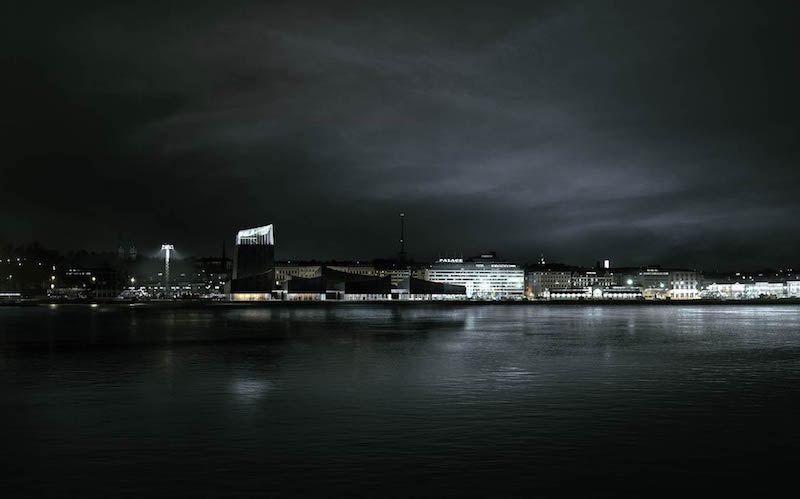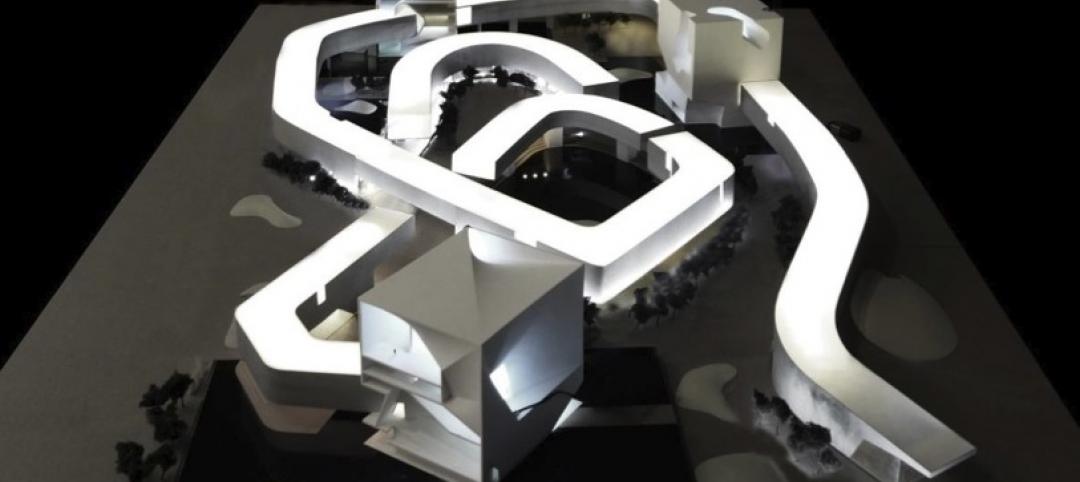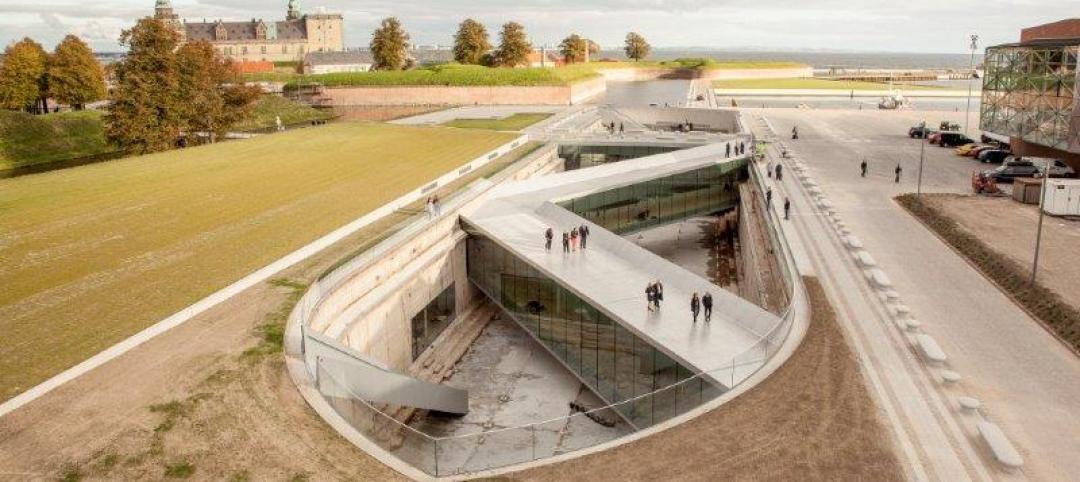Like Wile E. Coyote catching the Roadrunner or the Buffalo Bills winning a Super Bowl, some things are just not meant to be. Now, it seems as though construction of the Guggenheim Helsinki can be added to that list.
The idea for the museum has been divisive among Finnish citizens since it was first proposed in 2012, Curbed reports. Some believed it was a waste of money while others thought it would become a tourist destination and an economic draw. But that argument between the two sides was officially put to rest recently as the Finnish government ruled out state funding for the project.
The museum was expected to cost between $134 and $156 million to build with the government covering about $45 million of the total. With about one-third of the project's funds being eliminated in one fell swoop, the museum's chances at ever being constructed are slim. The Guggenheim Foundation has not given up hope yet, however, as it is attempting to find another way to get the money necessary for construction.
They don’t have long to figure it out, though, as the museum’s reservation for the planned 18,520-sm harborfront site will expire at the end of this year.
The current, and possibly doomed, design for the Guggenheim Helsinki comes from Moreau Kusunoki Architects, a Paris-based firm that won a competition of over 1,715 submissions for the opportunity to design the building.
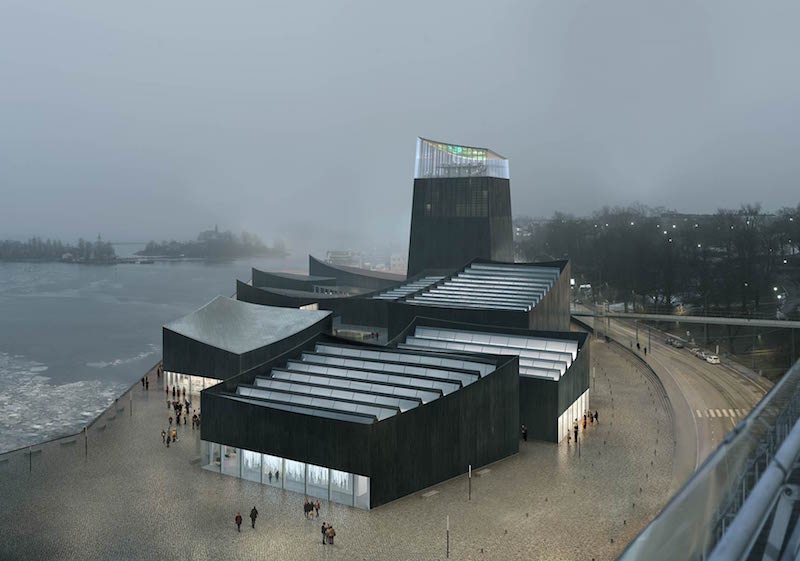 Rendering courtesy of Moreau Kusunoki Architects via DesignGuggenheimHelsinki.org
Rendering courtesy of Moreau Kusunoki Architects via DesignGuggenheimHelsinki.org
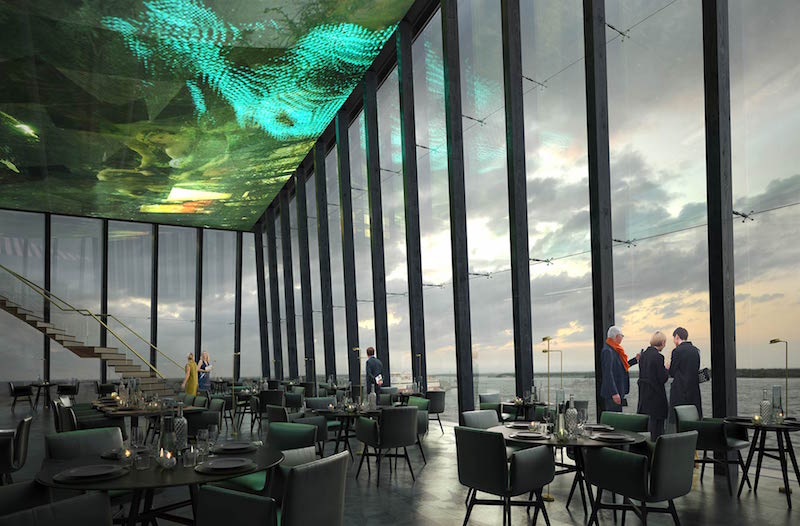 Rendering courtesy of Moreau Kusunoki Architects via DesignGuggenheimHelsinki.org
Rendering courtesy of Moreau Kusunoki Architects via DesignGuggenheimHelsinki.org
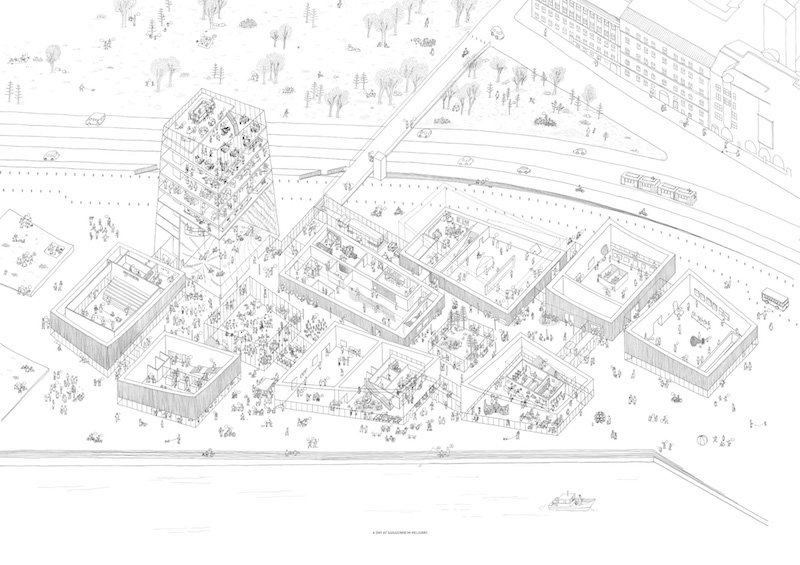 Image courtesy of Moreau Kusunoki Architects via DesignGuggenheimHelsinki.org
Image courtesy of Moreau Kusunoki Architects via DesignGuggenheimHelsinki.org
Related Stories
| Nov 25, 2013
Building Teams need to help owners avoid 'operational stray'
"Operational stray" occurs when a building’s MEP systems don’t work the way they should. Even the most well-designed and constructed building can stray from perfection—and that can cost the owner a ton in unnecessary utility costs. But help is on the way.
| Nov 19, 2013
Top 10 green building products for 2014
Assa Abloy's power-over-ethernet access-control locks and Schüco's retrofit façade system are among the products to make BuildingGreen Inc.'s annual Top-10 Green Building Products list.
| Nov 13, 2013
Installed capacity of geothermal heat pumps to grow by 150% by 2020, says study
The worldwide installed capacity of GHP systems will reach 127.4 gigawatts-thermal over the next seven years, growth of nearly 150%, according to a recent report from Navigant Research.
| Nov 13, 2013
First look: Renzo Piano's addition to Louis Kahn's Kimbell Art Museum [slideshow]
The $135 million, 101,130-sf colonnaded pavilion by the famed architect opens later this month.
| Oct 30, 2013
15 stellar historic preservation, adaptive reuse, and renovation projects
The winners of the 2013 Reconstruction Awards showcase the best work of distinguished Building Teams, encompassing historic preservation, adaptive reuse, and renovations and additions.
| Oct 30, 2013
Steven Holl selected for Culture and Art Center in Qingdao, besting Zaha Hadid, OMA
Steven Holl Architects has been selected by near unanimous jury decision as the winner of the new Culture and Art Center of Qingdao City competition, besting OMA and Zaha Hadid Architects. The 2 million-sf project for four museums is the heart of the new extension of Qingdao, China, planned for a population of 700,000.
| Oct 30, 2013
11 hot BIM/VDC topics for 2013
If you like to geek out on building information modeling and virtual design and construction, you should enjoy this overview of the top BIM/VDC topics.
| Oct 29, 2013
BIG opens subterranean Danish National Maritime Museum [slideshow]
BIG (Bjarke Ingels Group) has completed the Danish National Maritime Museum in Helsingør. By marrying the crucial historic elements with an innovative concept of galleries and way-finding, BIG’s renovation scheme reflects Denmark's historical and contemporary role as one of the world's leading maritime nations.
| Oct 28, 2013
Urban growth doesn’t have to destroy nature—it can work with it
Our collective desire to live in cities has never been stronger. According to the World Health Organization, 60% of the world’s population will live in a city by 2030. As urban populations swell, what people demand from their cities is evolving.
| Oct 18, 2013
Researchers discover tension-fusing properties of metal
When a group of MIT researchers recently discovered that stress can cause metal alloy to fuse rather than break apart, they assumed it must be a mistake. It wasn't. The surprising finding could lead to self-healing materials that repair early damage before it has a chance to spread.


